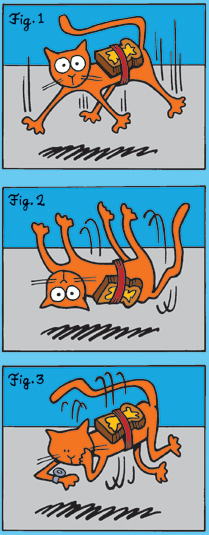As regular readers already know, I have been writing a blog for more than 3 years to educate new investors about investing in the stock market. The experience so far has been quite enriching for me, and hopefully, beneficial for some of the readers.
The stock market can be a fascinating place or a fearsome place – sort of like bathing in the sea. The first few attempts are usually quite humbling – specially if the sea has large waves that keep constantly crashing on to the shore.
The uneducated can get thrown and dashed around by the waves – hurting pride and self-confidence. In extreme cases, the sea waves can drag out the hapless to a watery grave.
To the experienced sea bather, there can be nothing more exhilarating, invigorating and even relaxing. Jumping up to let the smaller waves flow through, diving under the really big breakers, then swimming out and letting the waves gently carry you back to shore is great fun and builds up a healthy appetite.
Likewise for the stock market. The inexperienced buy to find their stock going down, sell to find the stock going up, spend sleepless nights thinking how to salvage their losses – and in extreme cases, commit suicide.
Of those who have been through the experience, some leave the market permanently blaming brokers, operators, market manipulators, friends who gave wrong tips – in fact any one except themselves. Those who stick around to fight another day, try to learn the ropes by reading, or following the advice of experienced market players.
My earlier eBook: How to become a better investor, was published exactly two years ago on New Year Eve. It contained general advice about sector and portfolio selection, and strategies about how and when to invest without losing a lot of money. Several hundred eBooks were emailed – and may have helped a few readers to become better investors. That eBook is now being ‘retired’ – it will no longer be emailed, but will be available for reading on a different blog.
Many of the posts on this blog are about technical analysis of chart patterns. Several readers had requested me to write an eBook on technical analysis, so that the important information can be available easily in one place. After remaining on the anvil for nearly a year, it is finally ready.
Like the previous eBook, this one is also being provided to my blog readers for free - but on two conditions:
First, you need to specifically ask for the free eBook by sending me an email at mobugobu@yahoo.com with your full name. Hiding behind a pseudonym won't help! I would like to avoid spammers to the extent possible.
Second, you can ask your friends, relatives, colleagues to send me an email for the eBook (or send them a link to this blog post) - but please do not forward the eBook to others without my permission. I don't want the eBook to be freely circulated over the Internet.
The eBook has been compiled from selected blog posts and some new material. It is meant to be an introduction to the subject of technical analysis, with a handful of important concepts that are more than enough to arouse the curiosity of those who want to learn more.
2011 has been a disappointing bearish year for most small investors. Please consider this eBook as a small gift towards making 2012 a happier and more prosperous year. Needless to say, your comments and feedback will be most welcome.







































